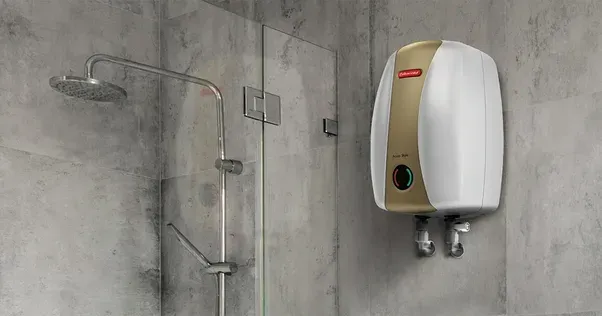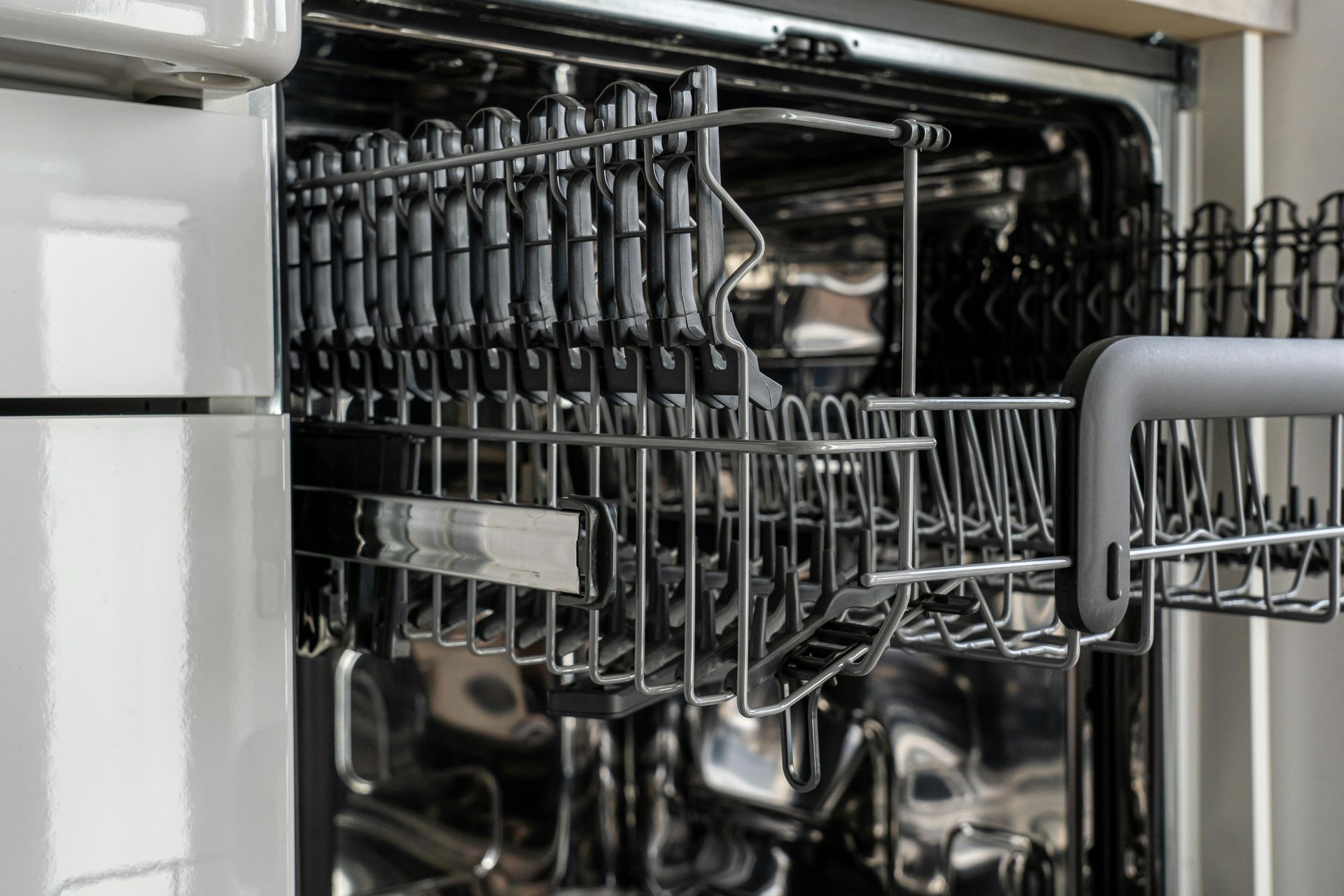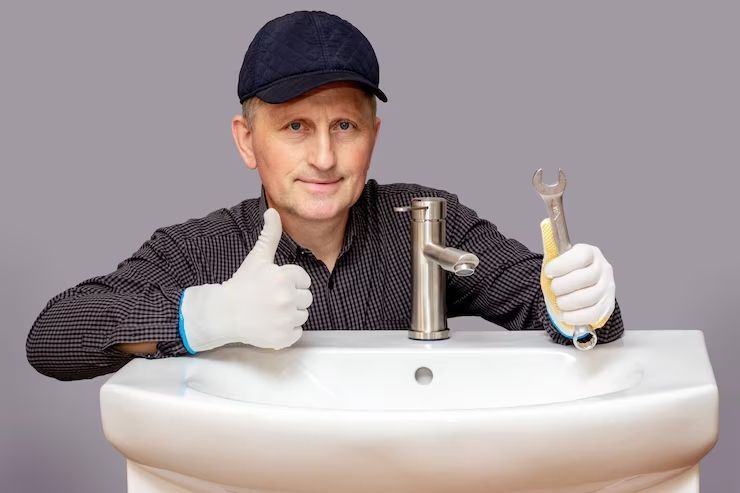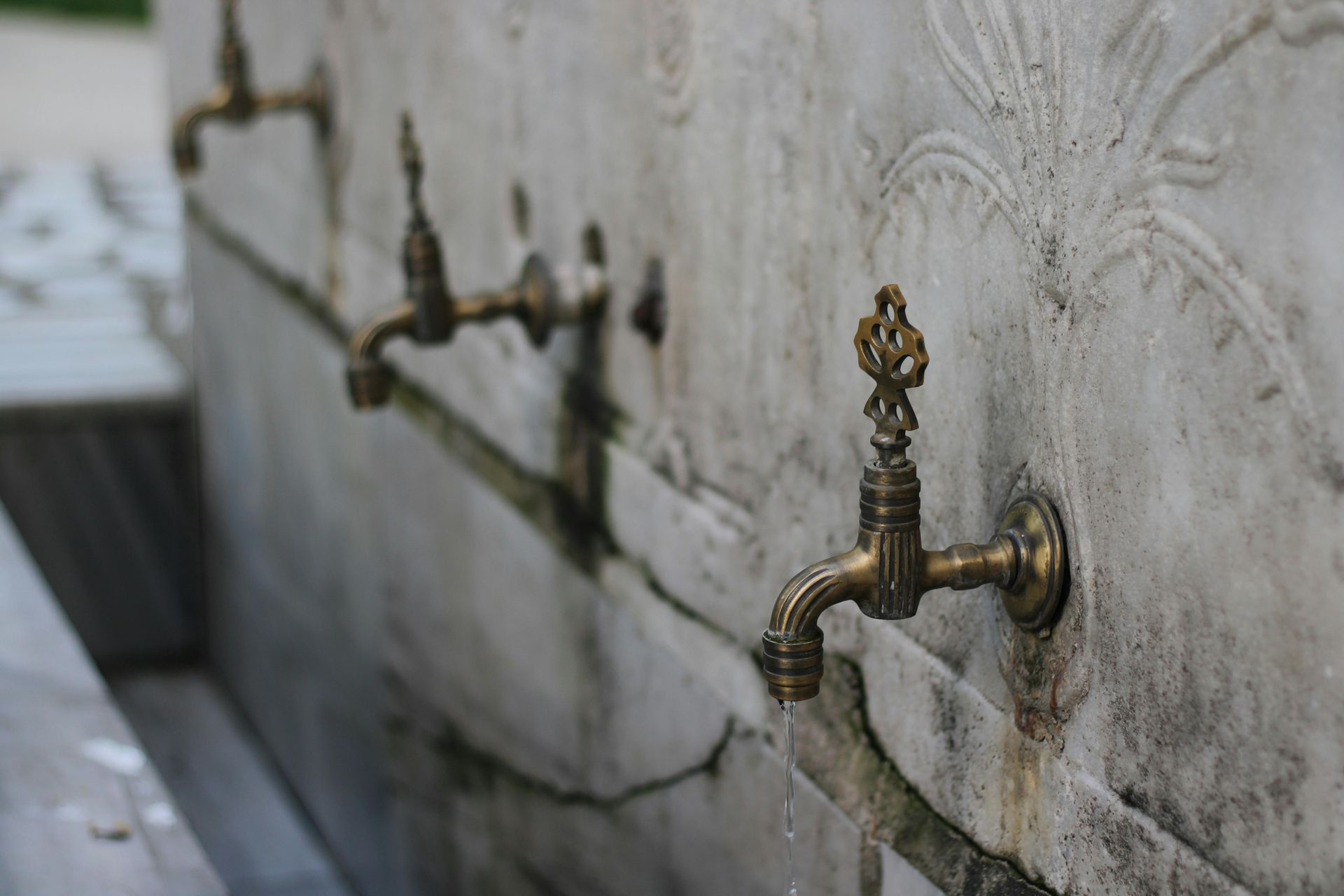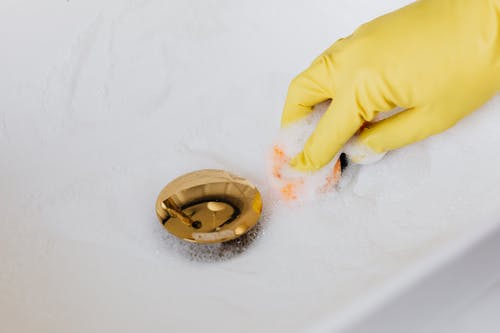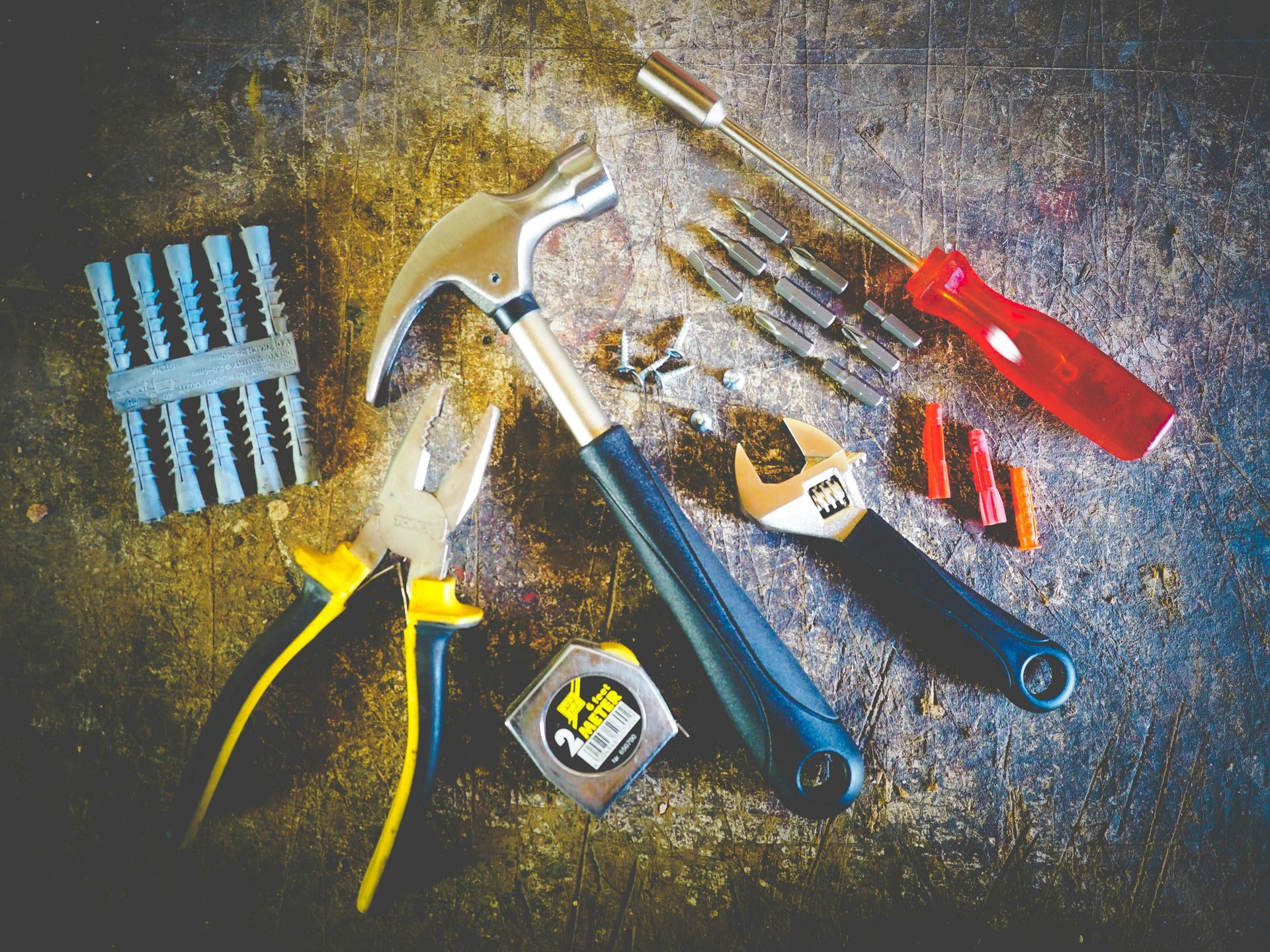How To Identify and Repair Common Toilet Flange Leaks?
Toilet flange leaks are a pervasive plumbing issue that can lead to serious damage if left unaddressed. The toilet flange is the critical pipe fitting that connects your toilet to the drain pipe and anchors it securely to the floor. When this component fails, it often results in leaks, odors, wobbling toilets, and water damage to your flooring. This detailed article explores how to identify common toilet flange leaks, understand their causes, and effectively repair them to protect your home.
Understanding the Toilet Flange
The toilet flange, typically made from PVC, cast iron, or ABS plastic, provides a connection between the toilet and the home's drainage system. It sits on top of the floor and is sealed with a wax ring or sometimes a rubber gasket to prevent leaks. The flange anchors the toilet in place using mounting bolts. A properly installed and undamaged flange is essential to maintaining a watertight seal and stability.
Common Signs of a Toilet Flange Leak
Identifying a leaking toilet flange early is crucial in preventing extensive water damage. Common symptoms include a wobbly toilet that rocks back and forth, water pooling around the toilet base, persistent foul odors commonly due to escaping sewer gases, and visible water damage or sponginess in the floor near the toilet. Additionally, buckling or warped flooring, mold or mildew growth around the toilet base, and a toilet that moves when flushed are strong indicators of flange issues. If you notice any of these signs, prompt inspection is necessary.
Causes of Toilet Flange Leaks
Several factors contribute to flange leaks. Aging or deteriorated wax rings lose their ability to form an effective seal. Improper installation, such as a flange sitting below floor level, compromises sealing. Physical damage like cracking or corrosion (especially in cast iron flanges) can break the seal and cause leakage. Loose or rusted mounting bolts may allow toilet movement, damaging the wax ring seal. Also, shifting or settling floors can dislodge the flange or warp the surface, leading to leaks.
How to Inspect and Confirm a Leak
Begin by turning off the water supply to the toilet and draining the tank and bowl. Remove the toilet carefully to expose the flange and wax ring underneath. Inspect the wax ring for cracks, deformation, or dried out sections. Examine the flange for cracks, corrosion, or unevenness. Check if the flange sits flush with the floor—flanges recessed below floor level require extenders to ensure a proper seal. Also, inspect mounting bolts for rust or damage. If the flange is damaged, replacement or repair is necessary.
Repairing Toilet Flange Leaks
Repair methods depend on the flange's condition. For a slightly recessed flange, installing an extender ring with a new wax or rubber gasket may suffice. Severely cracked or corroded flanges need full replacement, which involves removing the old flange and installing a new one, matching the appropriate type of pipe fittings for your home's plumbing, such as PVC or ABS.
When reinstalling the toilet, always use new bolts and a fresh wax ring to guarantee a secure and watertight fit. Tighten mounting bolts evenly and carefully to avoid cracking the toilet base. After reinstalling, check for leaks by running water and observing the seal area carefully.
Professional Help and Emergency Services
Toilet flange repair can be complex, especially when dealing with damaged subfloors or plumbing connections. Missteps can cause further damage or persistent leaks. If your toilet is severely wobbly, leaking extensively, or if you detect mold or structural damage, contact expert professionals like All City Plumbers. They offer emergency services to address urgent leaks and have the skills to repair or replace flanges safely and efficiently.
Preventative Measures
Regular bathroom plumbing inspections help prevent unexpected flange failures. Knowing the different types of pipe fittings used in your home plumbing will assist in maintaining compatibility during repairs or upgrades. Also, practices like avoiding excessive toilet movement and promptly addressing any clogging through thorough drain clearing minimize stress on the flange seal.
Conclusion
Toilet flange leaks are common but can lead to severe water damage and costly repairs when ignored. Recognizing the signs, understanding the causes, and following systematic repair steps will help maintain a leak-free and secure toilet connection. For complex problems, always seek trusted professionals like All City Plumbers to ensure your plumbing remains safe and effective.



